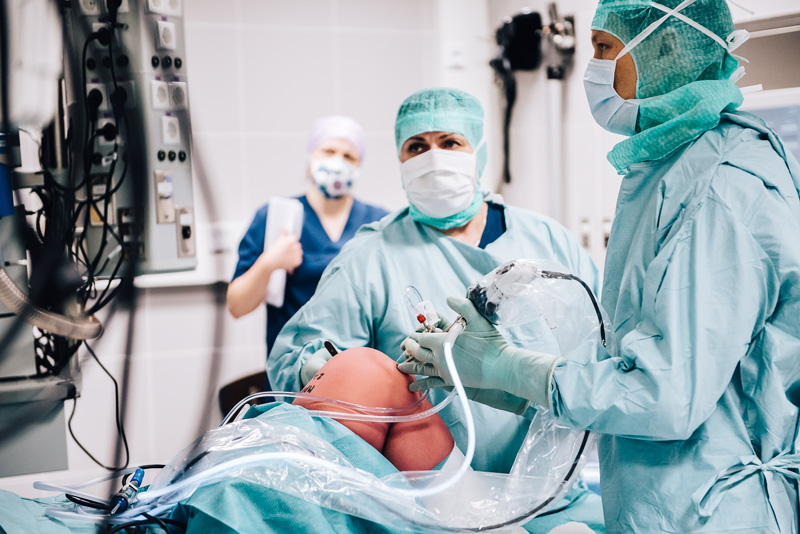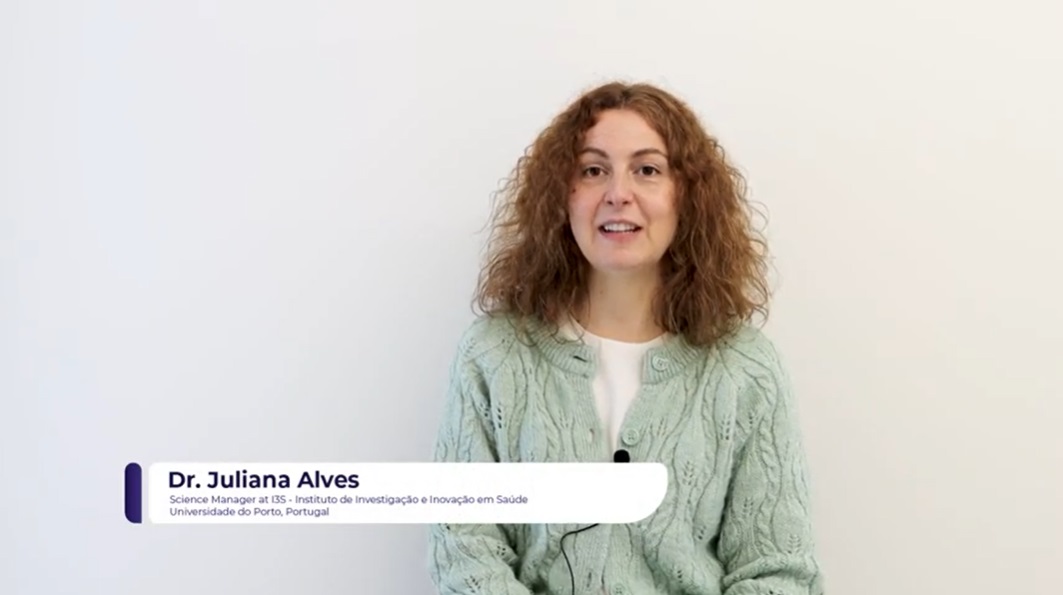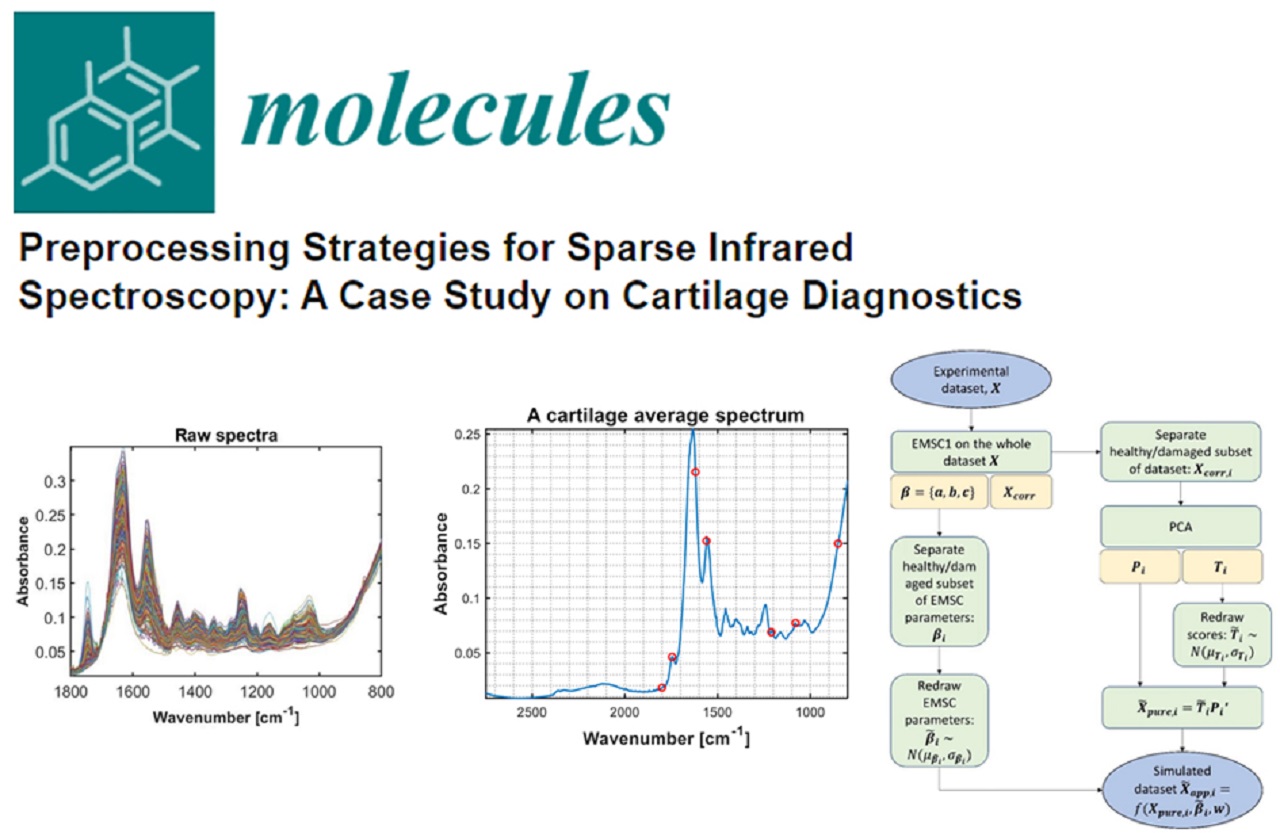New research performed at UEF has produced a mechanobiological model which is able to localise and predict changes to the cartilage surrounding lesions. The new model could not only help to predict osteoarthritis, but could also be applied to the planning of treatment and rehabilitation strategies.
Articular cartilage is composed of an extracellular matrix, mainly composed of proteoglycans and fibrillar collagen, and provides low friction properties for efficient articulation. If this complex structure is disrupted, lesions to the cartilage will occur, which can lead to osteoarthritis.


Through a combination of experimental and computational methods, Prof. Rami Korhonen’s group has developed a biomechanical model which accurately describes changes to cartilage homeostasis. In particular, they found that different mechanisms such as fluid flow and tissue deformation can cause cartilage degradation after injury. These are very promising results, which could open new avenues for a personalised prediction of osteoarthritis and for the development of subject-specific rehabilitation protocols.
This mechanobiological model is a great complement to the technology that is being developed in the MIRACLE project and together they could contribute to an early detection of cartilage lesions which could degenerate into osteoarthritis. As a result, early intervention could be applied, leading to an improved patient quality of life.


